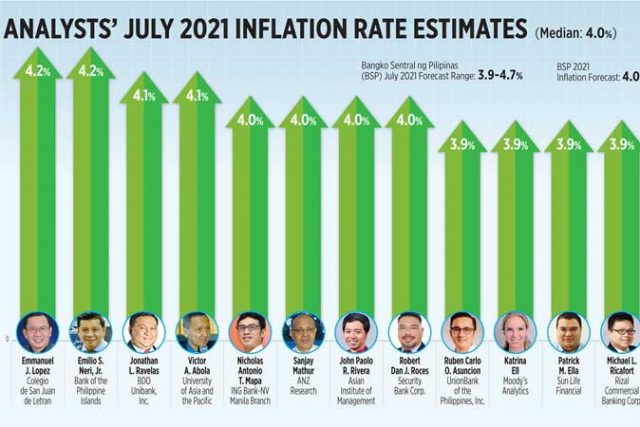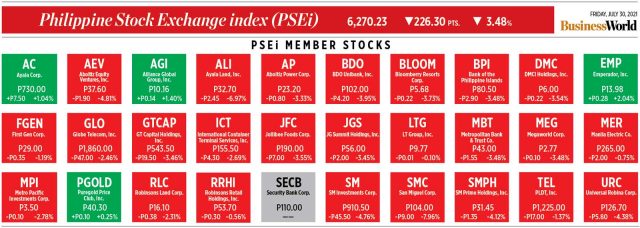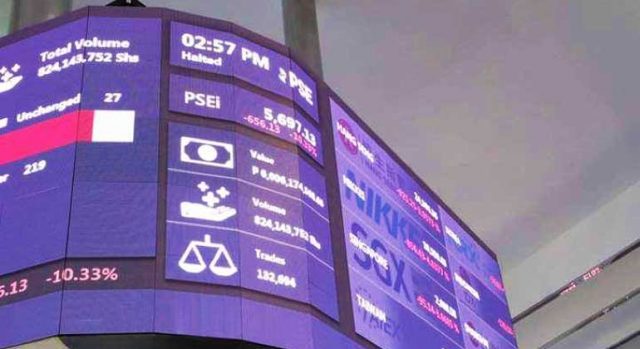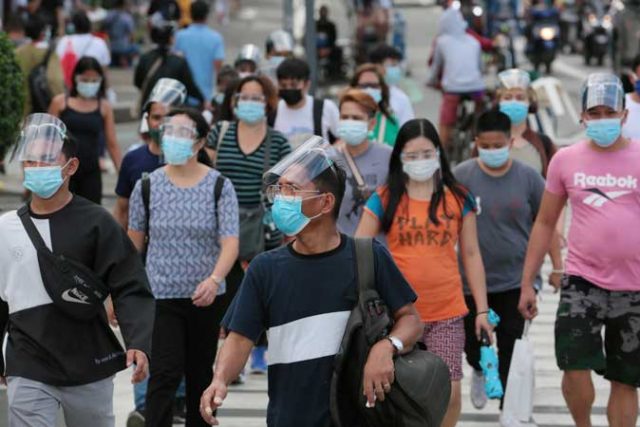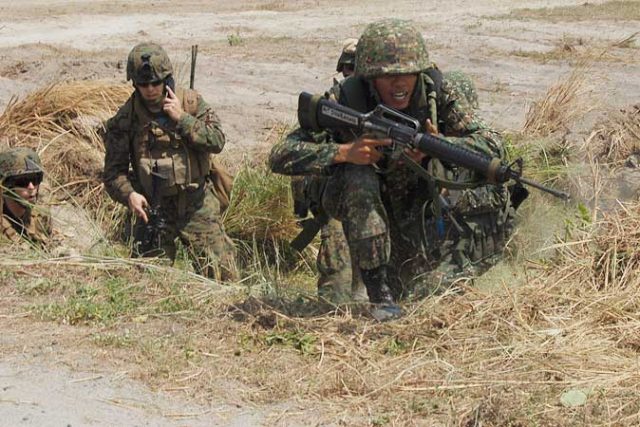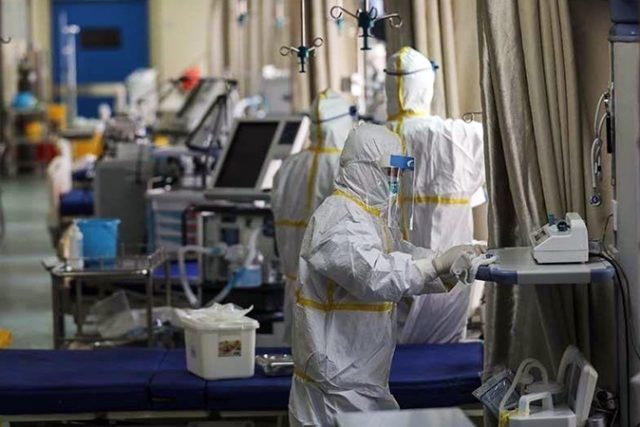By Kyle Aristophere T. Atienza, Reporter
RESEARCHERS from the country’s premier university on Sunday flagged a fresh surge in coronavirus infections in Metro Manila, which they said suggests that a more contagious Delta variant was freely moving in the community.
“The rapid growth rate suggests the possibility of community transmission of the Delta variant in the National Capital Region (NCR),” the OCTA Research Group said in a report.
The capital region reported 1,740 infections on July 31, the highest since May 10, it said.
The weekly average of new coronavirus cases in the region rose by 40% to 1,279 from a week earlier, OCTA said.
The increase “cannot be easily explained by Alpha or Beta variants which have already been managed,” OCTA Research fellow Fredegusto P. David said in a Facebook Messenger chat.
There might be 300 new Delta variant infections daily in Metro Manila, he told ABS-CBN Teleradyo separately.
OCTA said the reproduction rate in NCR had increased to 1.52 from 1.29 a week earlier.
Hospital occupancy rate in the capital and nearby cities increased to 45% from 38%, while intensive care unit use rose to 52% from 45%, it added.
The researchers said as much as 70% of the region’s hospital beds will have been occupied in less than five weeks, while 70% of ICU beds will have been occupied in less than three weeks “if there are no changes in quarantine restrictions.”
OCTA said 13 local governments in the capital region were now considered high risk.
Metro Manila will be placed under an enhanced community quarantine from Aug. 6 to 20 to contain the Delta coronavirus variant, the presidential palace said last week.
Philippine health authorities on July 31 said 97 more people had been infected with the Delta coronavirus variant, pushing the total to 216.
Of the 97, 88 got the virus locally, six were returning migrant Filipinos, while officials were still verifying how the three got the virus that was first detected in India, the Department of Health (DoH) said in a statement.
Of the six migrant workers, two were seafarers of MT Clyde and Barge Claudia, now anchored in Albay, while four were crew members of MV Vega that arrived from Indonesia, the agency said. Ninety-four people have recovered, while three died, DoH said.
The Delta variant has been reported in about a hundred countries and the World Health Organization expects it to continue to spread amid increased social mixing, relaxed health protocols and inequitable vaccine access.
DAILY TALLY
The Department of Health (DoH) reported 8,735 coronavirus infections on Sunday, bringing the total to 1.59 million.
The death toll rose to 28,016 after 127 more patients died, while recoveries increased by 5,930 to 1.50 million, it said in a bulletin.
There were 63,646 active cases, 94.0% of which were mild, 1.3% did not show symptoms, 2.1% were severe, 1.45% were moderate and 1.2% were critical.
The agency said 11 duplicates had been removed from the tally, eight of which were tagged as recoveries. Seventy-five recoveries were reclassified as deaths. Four laboratories failed to submit data on July 30.
Also on Sunday, the presidential palace said Cebu City, which is under a modified enhanced quarantine, would be placed under a more relaxed general lockdown with heightened restrictions from Aug. 1 to 15.
Laguna, Aklan and Apayao would be under a modified enhanced community quarantine, presidential spokesman Herminio L. Roque, Jr. said in a statement.
An inter-agency task force also shortened the isolation of patients who have tested positive for the coronavirus to less than five days.
The body also approved a policy that will prioritize facility-based isolation and quarantine to prevent household transmission.
The task force likewise sought increased vaccination of seniors, seriously ill people and essential workers, he said.
Aside from enforcing a stricter lockdown until Aug. 20, the government also extended the travel ban on India, where the Delta variant was first detected, and its neighbors until mid-August, Mr. Roque said last week.
The Philippine economy could lose more than P200 billion during the two-week enhanced community quarantine, the National Economic and Development Authority said on Friday.
It would also increase the number of poor people by as many as 177,000 and add 444,000 jobless Filipinos, it said.

